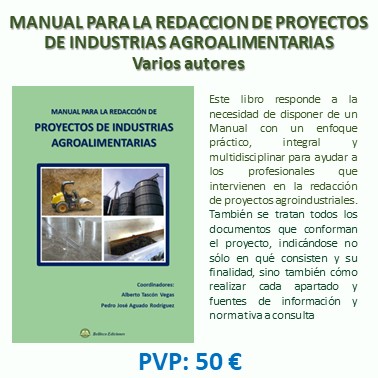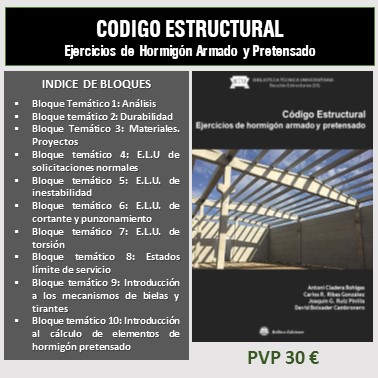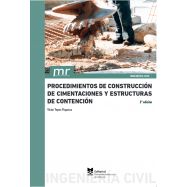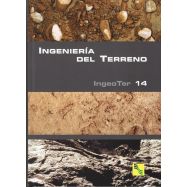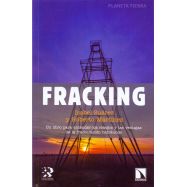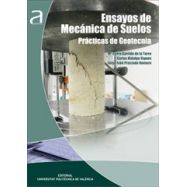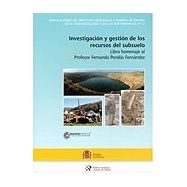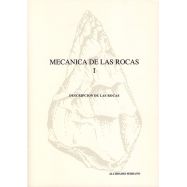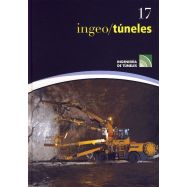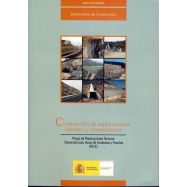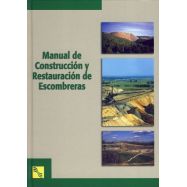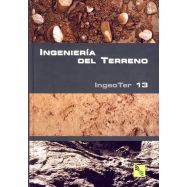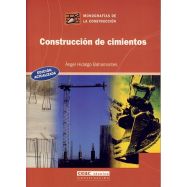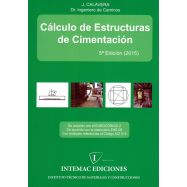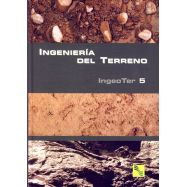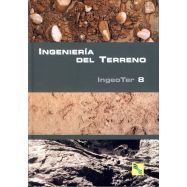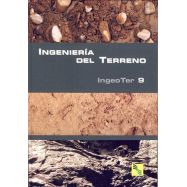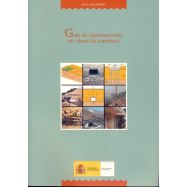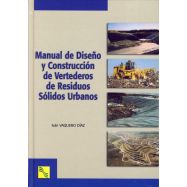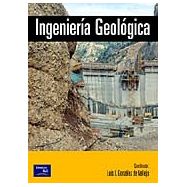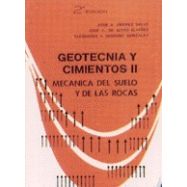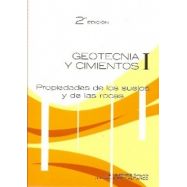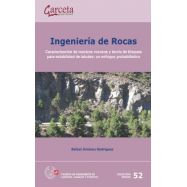Ningún producto
Materias
- BELLISCO EDICIONES. Nuestro Fondo Editorial
- FONDOS EDITORIALES EN DISTRIBUCION
- LIBROS TECNICOS EN INGLES
- ARQUITECTURA - URBANISMO
- AUTOMOCION - MOTORES - VEHICULOS
- AVIONICA - AERONAUTICA
- CALIDAD - EMPRESARIALES - GESTION
- CIENCIAS EXACTAS - MATEMATICAS
- CIENCIAS NATURALES Y APLICADAS
- CIENCIAS DE LA TIERRA - INGENIERIA DEL SUELO
- DICCIONARIOS TECNICOS
- ESTRUCTURAS - CONSTRUCCION
- FORMACION PROFESIONAL
- HIDRAULICA - INGENIERIA SANITARIA - AGUAS
- INGENIERIA CIVIL - OBRAS PUBLICAS
- INGENIERIA MECANICA E INDUSTRIAL
- INSTALACIONES . GENERALES, EN EDIFICACION E INDUSTRIALES
- MATERIALES
- MEDIO AMBIENTE
- NORMATIVA
- OPOSICIONES
- PREVENCION DE RIESGOS LABORALES
- PROGRAMAS INFORMATICOS DE CALCULO
- TECNOLOGIA DE LOS ALIMENTOS: Industrias: Conservación, envasado y cadenas alimentarias
- TELECOMUNICACIONES - INFORMATICA - TECNOLOGIA DE LA INFORMACION
- OUTLET DE BELLISCO: Descuentos de hasta el 80%
- RELIGION, TEOLOGIA, MORAL Y ESPIRITUALIDAD
- VARIOS
- OFERTAS
- PROMOCIONES
- NEWSLETTER
- CATEGORIAS DESTACADAS
- ULTIMAS NOVEDADES BELLISCO
- ARQUITECTURA SOSTENBILE
- URBANISNO
- MATEMATICAS EN GENERAL
- AGRONOMOS-AGRICULTURA-FORESTALES
- ELECTROMAGENTISMO-ELECTRONICA-ELECTRICIDAD
- INGª Y MECÁNICA DEL SUELO. CIMENTACIONES
- TOPOGRAFIA, FOTOGRAMETRÍA, GEODESIA
- EDIFICACION
- ANALISIS DE ESTRUCTURAS, RESISTENCIA DE MATERIALES, ELASTICIDAD, CALCULO MATRICIAL
- OFICIOS VARIOS
- ABASTECIMIENTO Y DISTRIBUCION DE AGUA
- PUENTES
- TUNELES Y OBRAS SUBTERRANEAS
- MAQUINAS Y MECANISMOS
- SOLDADURA
- CLIMATIZACION
- INSTALACIONES DE AGUA
- INSTALACIONES ELECTRICAS CIENCIA E INGENIERIA DE MATERIALES
- ENERGIAS RENOVABLES
- DESARROLLO SOSTENIBLE
- INFORMATICA-SISTEMAS-FORMACION-PROGRAMAS
-
INTERMEDIATE OFFSHORE FOUNDATIONS
 Ver más grande
Ver más grande Referencia: Código 09376
Julio de 2021 - Steve Kay.. - Refª 9376
Steve Kay, Susan Gourvenec, Elisabeth Palix, Etienne Alderlieste
Julio de 2021 Páginas: 334
Código 9376 ISBN/EAN: 9781138353534
Book Description
Intermediate foundations are used as anchors for floating platforms and ancillary structures, foundations for steel jackets, and to support seafloor equipment and offshore wind turbines. When installed by suction, they are an economical alternative to piling, and also may be completely removed. They are usually circular in plan and are essentially rigid when laterally loaded. Length to diameter embedment ratios, L/D, generally vary between 0.5 and 10, spanning the gap between shallow and deep foundations, although these are indicative boundaries and the response, rather than the embedment ratio, defines an intermediate foundation.
The first chapters introduce foundation types; compare shallow, intermediate and deep foundation models and design; define unique design issues that make intermediate foundations distinct from shallow and deep foundations, as well as list their hazards that mainly occur during installation. Later chapters cover installation, in-place resistance and in-place response, and miscellaneous design considerations.
There is no general agreement as to which design methods/models are appropriate, so models should only be as accurate as the data. Therefore, several reasonably accurate models are provided together with comprehensive discussion and advice. Example calculations and over 200 references are also included.
This is the first book dedicated to the geotechnical design of intermediate foundations, and it will appeal to professional engineers specialising in the offshore industry.
Table of Contents
1. Introduction
2. Offshore Foundation Types and Mode of Operation
3. Loads
4. Marine Geology
5. Loading Conditions and Soil Drainage
6. Hazards, Uncertainties and Risk Minimisation
7. Investigation Programs
8. Design Basis
9. Installation, Retrieval and Removal
10. In-Place Resistance
11. In-Place Response
12. Miscellaneous Design Considerations
Author(s)
Biography
The late Steve Kay was an independent Geotechnical Consultant with thirty-three years’ experience as a Principal Engineer with Fugro, and over forty-five years as a geotechnical specialist, mainly in the oil and gas industry, both with contractors and consultants. His expertise was in shallow and intermediate (caisson, bucket, can) foundation design, with extensive worldwide experience in offshore, nearshore and land engineering. He gave suction foundation courses, master classes and wrote the commercially available software package CAISSON_VHM.
Susan Gourvenec is Royal Academy of Engineering Chair in Emerging Technologies in Intelligent & Resilient Ocean Engineering, and Professor of Offshore Geotechnical Engineering at the University of Southampton, UK. Susan is currently Convenor of the International Standardisation Organisation (ISO) committee responsible for developing industry standards for marine soil investigation and offshore geotechnical design. Susan co-authored Offshore Geotechnical Engineering (CRC Press, 2011) and co-edited the proceedings of the inaugural and second International Symposia on Frontiers in Offshore Geotechnics (ISFOG).
Elisabeth Palix has eighteen years’ experience in offshore geotechnics. She spent twelve years working for Fugro Geoconsulting before joining EDF Renouvelables, where she is working on design and installation aspects of offshore projects. Elisabeth is also a member of the TC 209 (ISSMGE) and has been involved in several geotechnical R&D projects (e.g. SOLCYP, SOLCYP+, PISA, Unified CPT-based methods).
Etienne Alderlieste is a Senior Geotechnical Researcher/Consultant for Deltares, where he is working on installation and in-place capacity of intermediate and shallow offshore foundations. Before joining Deltares, Etienne worked as Senior Geotechnical Engineer at SPT Offshore, where he designed suction foundations for the oil, gas and offshore wind industry. He also installed and reinstalled numerous single-suction anchors and several jacket structures with suction foundations worldwide.
Descripción del libro
Los cimientos intermedios se utilizan como anclajes para plataformas flotantes y estructuras auxiliares, cimientos para revestimientos de acero y para soportar equipos del fondo marino y turbinas eólicas marinas. Cuando se instalan por succión, son una alternativa económica a los pilotes y también se pueden quitar por completo. Por lo general, son de planta circular y son esencialmente rígidos cuando se cargan lateralmente. Las proporciones de empotramiento de longitud a diámetro, L / D, generalmente varían entre 0.5 y 10, abarcando el espacio entre cimientos superficiales y profundos, aunque estos son límites indicativos y la respuesta, más que la proporción de empotramiento, define una cimentación intermedia.
Los primeros capítulos presentan los tipos de cimientos; comparar modelos y diseños de cimentaciones superficiales, intermedias y profundas; definir problemas de diseño únicos que hacen que las cimentaciones intermedias sean distintas de las cimentaciones superficiales y profundas, así como enumerar los peligros que ocurren principalmente durante la instalación. Los capítulos posteriores cubren la instalación, la resistencia en el lugar y la respuesta en el lugar, y diversas consideraciones de diseño.
No existe un acuerdo general sobre qué métodos / modelos de diseño son apropiados, por lo que los modelos solo deben ser tan precisos como los datos. Por lo tanto, se proporcionan varios modelos razonablemente precisos junto con una discusión y un asesoramiento completos. También se incluyen ejemplos de cálculos y más de 200 referencias.
Este es el primer libro dedicado al diseño geotécnico de cimentaciones intermedias, y atraerá a ingenieros profesionales especializados en la industria offshore.
Tabla de contenido
1. Introducción
2. Tipos de cimentaciones costa afuera y modo de operación
3. Cargas
4. Geología marina
5. Condiciones de carga y drenaje del suelo
6. Peligros, incertidumbres y minimización de riesgos
7. Programas de investigación
8. Base de diseño
9. Instalación, recuperación y remoción
10 Resistencia en el lugar
11. Respuesta en el lugar
12. Consideraciones de diseño varias
TAMBIEN LE PUEDE INTERESAR
- 39,90 €
- 25,00 €
- 43,00 €
- 40,00 €

